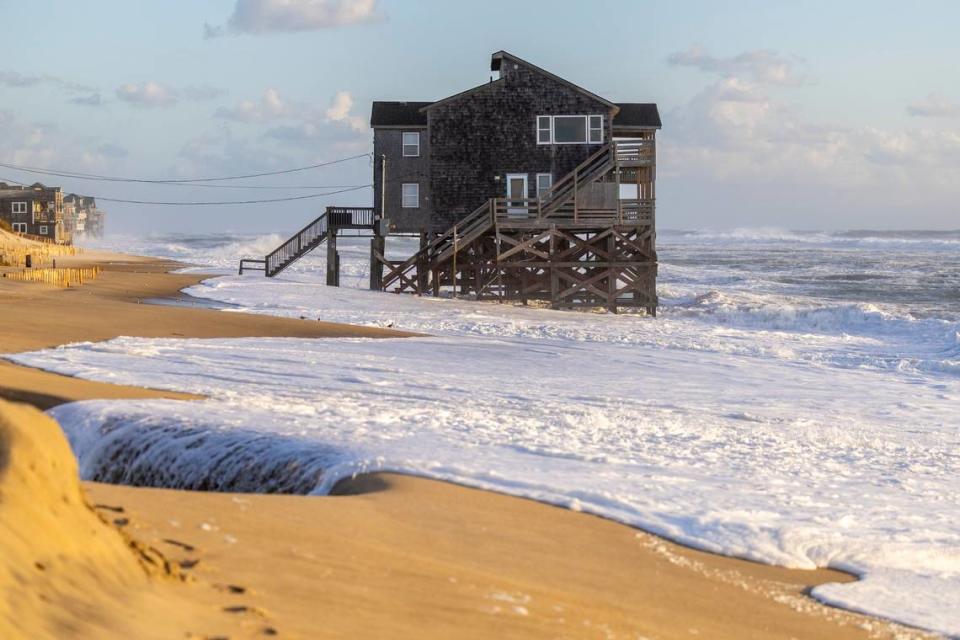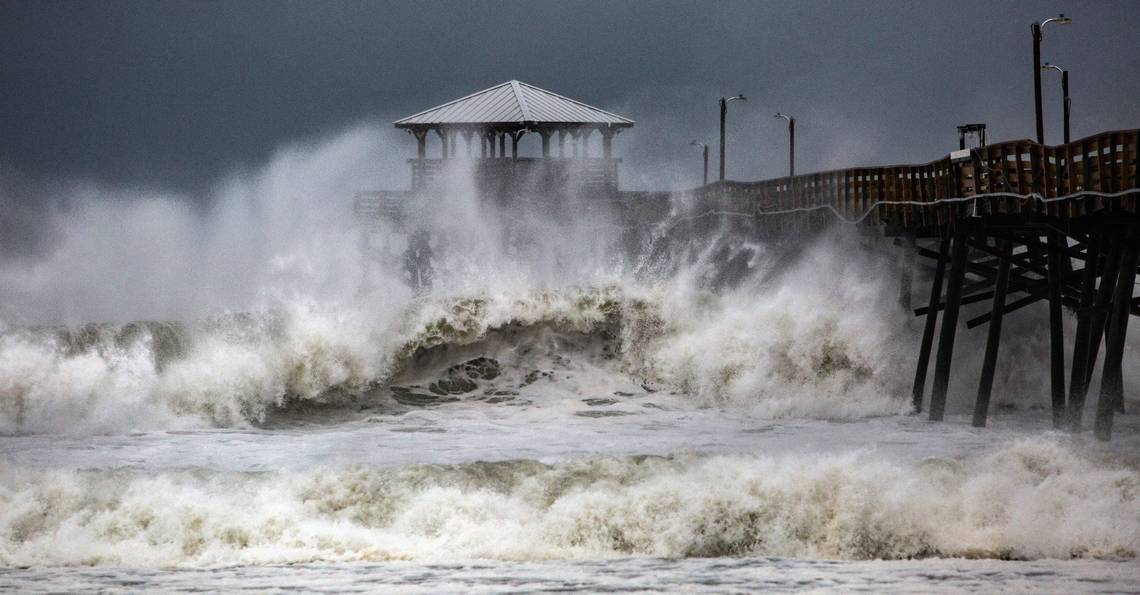Here’s what that might mean for the East Coast — and North Carolina — this year.
Why do forecasters expect such an intense hurricane season?
The researchers’ report, released during the National Tropical Weather Conference, is one of several forecasts that come out each year offering guidance on the Atlantic hurricane season. It agrees with forecasters at the National Oceanic and Atmospheric Administration and the N.C. Climate Office’s own Corey Davis, who all say that the strong El Niño that has affected global weather since last year will give way to a La Niña sometime between June and August.
NOAA says that La Niña cycles often increase the number of hurricanes in the Atlantic and allow stronger storms to form.
How many hurricanes do forecasters expect?
The Colorado State University prediction calls for:
▪ 23 named storms during the Atlantic hurricane season, which runs from June 1 through Nov. 30. The average number of named storms each year from 1991-2020 is 14.4, forecasters said.
▪ 11 hurricanes, compared to an average of 7.2 during the same 30-year period
▪ 5 major hurricanes, compared to an average of 3.2

What is the likelihood of a major hurricane making landfall in the US this year?
Colorado State University forecasters say chances are higher this year than the historical average that a major hurricane will make landfall in the Atlantic basin, and the likelihood increases farther south. Forecasters estimate a:
▪ 62% chance of a major hurricane making landfall this season somewhere on the entire continental U.S. coast, compared to a 43% chance on average based on historical data from 1880 to 2020.
▪ 34% chance of a major hurricane making landfall somewhere along the East Coast, compared to a 21% probability on average from 1880 to 2020.
▪ 42% chance of a major hurricane hitting the Gulf Coast between the Florida Panhandle and Brownsville, Texas, compared to a 27% chance historically
▪ 66% chance for a major hurricane to strike the Caribbean, compared to a 47% chance historically


Will NC get hit with a hurricane this year?
CSU researchers also calculate the probability of tropical storm impacts for each state and county along the Gulf and East coasts, including North Carolina. According to their calculations:
▪ Overall, there is an 85% chance that North Carolina will be affected by a named tropical storm in 2024. From 1880 to 2020, the average likelihood of the state being affected by a named storm was 68%,
▪ There is a 56% chance the state will be affected by a hurricane this year, compared to a 38% average historical likelihood
▪ There is a 13% chance the state will be affected by a major hurricane — Category 3 or above — this year, compared to an 8% likelihood on average historically


What’s the first tropical storm name for 2024?
Alberto, followed by Beryl, Chris and Debby.
